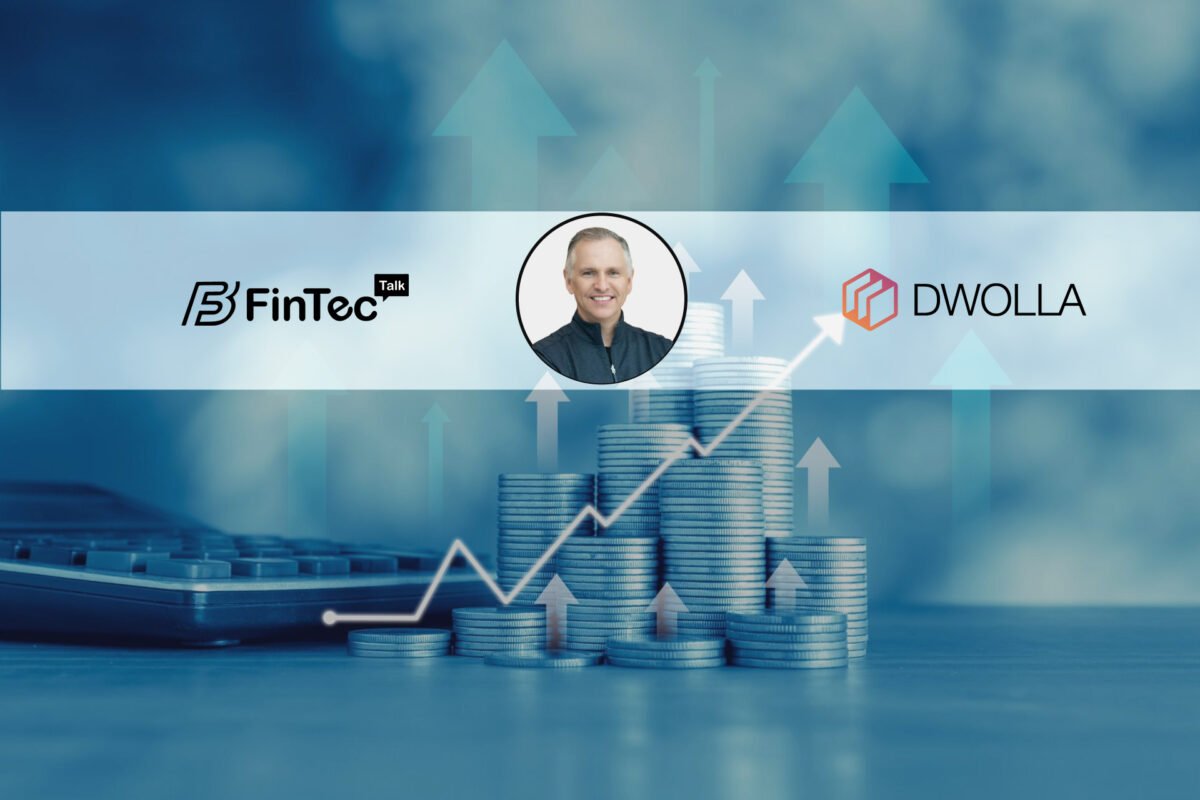Meet Chirag Shah, the visionary Founder, and CEO of Nucleus Commercial Finance Ltd, revolutionizing the world of business financing.
Kindly brief us about yourself and your journey as the Founder and CEO of Nucleus Commercial Finance Ltd.
When I started Nucleus back in 2011, I wanted to position us as an alternative lender in the UK SME market. My aim was to develop a multi-product offering that was similar to what the banks already did but had a quicker application process, which would make it easier for SMEs to access. Since then, and during the last seven years in particular, our focus has been on becoming a true partner for SMEs, helping them to leverage their data in order to make more timely decisions and providing our clients with clear visibility in terms of liquidity and our available loan offerings. Today, we are a leading fintech company in the UK, with market-leading technology capabilities.
Please share with us your inspiration for venturing into the fintech space.
During our startup phase, we focused on identifying significant challenges with regard to the availability of SME data. This coincided with when I used Uber for the first time. I was amazed by how simple the concept was and why no one had done it before, how easy it was to use as a service, and what a big part it played in my life. This inspired me to want to apply the same model to my own business which would equip SMEs with the tools and funding needed to efficiently run their businesses.
Brief us about Nucleus Commercial Finance Ltd and give us an overview of its standout products and services.
We have been supporting UK SMEs with critical funding for more than 11 years now. During that time, we’ve evolved by adding new products and talented people to our ever-growing team. By using the best-in-class technology, we can quickly provide SMEs with the funds they need. Offering funding between £3,000 and £5m through both secured and unsecured products, we give our clients the choice and flexibility required to thrive as a business. At the same time, our award-winning technology has enabled us to streamline and automate the entire process to provide a hassle-free funding journey for both our clients and introducers.
Can you elaborate on your mission to make solution-led finance accessible to more businesses and how you plan to achieve it?
We have been on a six-year journey to develop and launch Pulse, which uses advanced analytics to provide invaluable insight into how a client’s business is performing, the latest trends they need to be aware of and highlight areas of concern, as well as the data they need to improve the chances of having their loan approved. Our biggest challenge has been to engage with and involve the full ecosystem. But we continue to build on our key strengths of structuring data, and building cutting-edge artificial intelligence and machine learning to drive results for our clients. Our aim over the coming months is to enable each SME to get a customizable snapshot of their business at any moment in time and instantly show them the funding available to them.
Being a thought leader, what is your opinion on business lending and borrowing in 2023 so far, especially given the integration with artificial intelligence and machine learning?
2023 has been a challenging year. There is a distinct mismatch between SMEs’ expectations and what lenders can offer. Across the market, we are seeing fewer approval rates, lower amounts offered, higher rates, and more security requested by lenders. This has created a dysfunctional market. However, we are seeing signs of improvement and expect there will be an improvement in lending conditions in the second quarter. This will be driven by artificial intelligence and machine learning, which has enabled lenders to shorten the loan application time, provide instant decisions, better decision-making on credit, and greater access to finance for SMEs with shorter trading histories.
Why do you think open banking is important for artificial intelligence-powered lending?
Open banking allows consumers to have control over their own data and the power to share it with whichever company they want; therefore institutions need systems that can easily understand, sort, and act on what is being supplied to them. This is where AI comes in. It provides the power to process this data beyond the capacity of any human effectively.
How has the integration of these technologies transformed the face of the finance industry?
While artificial intelligence (AI) and open banking appear completely unrelated on the surface level, together they are changing the way the lending industry operates. Because while open banking provides access to enormous amounts of customer data and is undoubtedly beneficial, without AI, analyzing that data would be incredibly time and resource hungry. When manual processing is involved, each decision is unnecessarily delayed and the number of credit applications capable of being processed is limited, putting strain on borrowers and reducing the potential profitability of lenders. Together, open banking and AI are powering the contemporary lending system.
With AI capable of rapidly analyzing any borrower’s defaulting probability and creating individual risk profiles, lenders are empowered to make rapid decisions, quickly identifying low-risk borrowers, enabling the building of a greater customer base and enhanced profitability.
Having an extensive experience of more than a decade, we would like to know how the finance industry has disrupted traditional financing to a new generation of financial innovation.
SMEs’ finance needs have evolved. In the world of Amazon and Uber, business owners expect nothing less than clear communication, instant decisions, and an outstanding user experience. Yet, traditional providers are still struggling to meet these ever-growing demands. That is where fintechs have stepped in to fill the gap and are constantly raising the bar with respect to what they can offer the customer.
What advice would you give budding entrepreneurs and leaders aspiring to venture into the fintech niche?
First, you need to surround yourself with a team of people that share your vision and goals and can effectively challenge you and contribute towards the final outcome. Then you need to carry out a proof of concept to make sure that your idea will work. Once you start, you need to create a user experience that is intuitive, collaborative, and simple. If users decide not to use your product, it doesn’t matter how good the quality is. You also need to work out your unit economics at the start of the product life cycle to ensure that it is viable, as well as focus on key routes to market and driving efficiency.
How do you envision scaling Nucleus Commercial Finance’s growth curve in 2023?
This year we will grow by three times as much as in 2019, pre the Covid-19 pandemic. Our customer base will also increase by three times as much, while instant decisions will be above 90%. Our leading partnerships and the increase in our embedded finance offering will also drive growth in customer outreach by five times.




